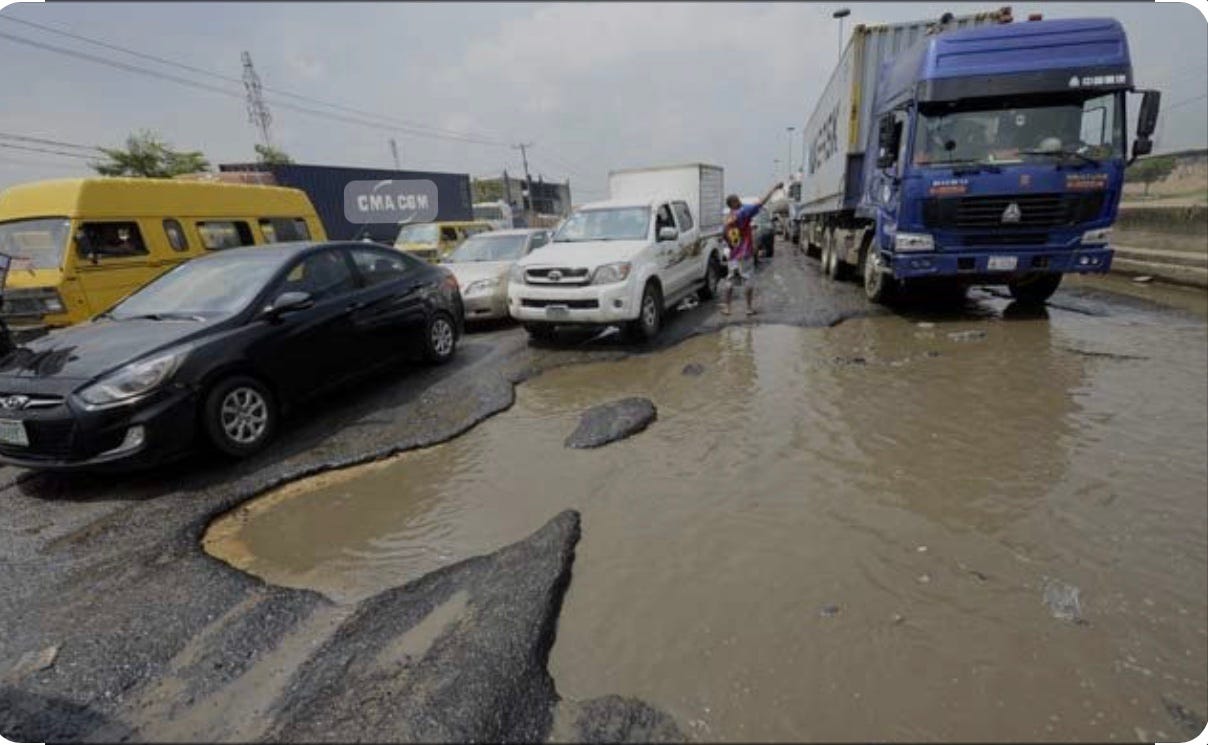How It Impacts Safety, Costs, and Infrastructure
Road construction is critical for economic development, connecting communities, facilitating trade, and providing access to essential services. However, the quality of materials used in road construction plays a key role in determining the safety, durability, and long-term performance of the roads. Unfortunately, the use of substandard materials in road construction is a common issue that can have devastating consequences.
In this article, we explore the dangers of using poor-quality materials in road construction and the broader impact this can have on communities and economies.
1. Accelerated Road Deterioration
When substandard materials are used in road construction, the durability of the road is significantly compromised. Poor-quality asphalt, cement, or aggregates can lead to weak road surfaces that begin to crack, pothole, or erode much faster than roads built with high-quality materials. This rapid deterioration results in more frequent repairs and costly maintenance, placing a financial burden on both the government and road users.
2. Increased Risk of Accidents
A poorly constructed road is a recipe for accidents. Substandard materials can lead to uneven road surfaces, poor drainage, and loose gravel, all of which create hazardous driving conditions. Potholes, cracks, and sinkholes that form quickly due to weak materials can cause drivers to lose control of their vehicles, leading to collisions, injuries, or even fatalities. Ensuring road safety starts with the use of quality materials that guarantee a smooth, stable surface for all road users.
3. Reduced Lifespan of Roads
Roads built with substandard materials have a significantly shorter lifespan compared to those constructed with quality materials. While a well-built road can last for decades with minimal maintenance, roads constructed with poor-quality materials often begin to fail within just a few years. This short lifespan means that governments and construction firms must constantly allocate resources to repair or rebuild these roads, leading to a cycle of inefficiency and waste.
4. Environmental Impact
Substandard materials can also have negative environmental consequences. Poor-quality asphalt and other materials are more likely to break down over time, releasing toxic substances into the surrounding environment. Furthermore, the frequent need for repairs and reconstruction increases the consumption of raw materials and energy, contributing to greater environmental degradation. Using high-quality materials, on the other hand, promotes sustainability by reducing the need for repeated construction and lowering the carbon footprint of infrastructure projects.
5. Wastage of Public Funds
In many cases, road construction projects are funded by public money through taxes or government allocations. When substandard materials are used, the road’s early failure requires additional funds to repair or reconstruct the damaged sections. This results in a waste of public funds that could have been used for other critical infrastructure projects. Moreover, repeated repairs and reconstructions can significantly inflate the overall cost of the project, leading to a poor return on investment for taxpayers.
6. Economic Consequences
Good roads are vital for economic growth, enabling the efficient movement of goods and people. However, roads built with substandard materials can disrupt this flow, causing delays and increasing transportation costs. Frequent road failures and closures negatively impact businesses that rely on these roads for logistics, reducing productivity and competitiveness. The ripple effect of poor road conditions can harm local economies, particularly in regions where transportation is a key driver of economic activity.
7. Loss of Public Confidence
When roads deteriorate quickly after construction, it erodes public trust in the authorities responsible for infrastructure development. People lose confidence in the ability of the government or construction firms to deliver reliable and safe public works. This loss of confidence can lead to protests, legal disputes, and calls for greater accountability in road construction projects. The reputational damage that comes from using substandard materials can be difficult to repair and may affect future projects.
8. Legal and Contractual Risks
Using substandard materials in road construction can expose contractors and construction firms to legal and contractual risks. If a road fails prematurely due to the use of poor-quality materials, contractors may face lawsuits from government agencies or private clients seeking compensation for damages. Additionally, construction firms that cut corners by using substandard materials may lose their licenses or be blacklisted from future projects, jeopardizing their long-term business prospects.
How to Prevent the Use of Substandard Materials
Preventing the use of substandard materials in road construction requires a multi-faceted approach:
- Strict Quality Control: Road construction projects should have stringent quality control measures in place to ensure that only materials that meet industry standards are used. This includes rigorous testing of materials before they are approved for use.
- Enforcing Regulations: Governments and regulatory bodies must enforce laws and guidelines that mandate the use of high-quality materials in construction. Contractors who violate these regulations should face penalties or legal action.
- Proper Supervision and Monitoring: Regular monitoring and supervision of construction sites can help identify the use of substandard materials early on. Independent auditors should be involved in the process to maintain transparency.
- Training and Awareness: Contractors and engineers should receive training on the importance of using quality materials and the potential consequences of using substandard ones. Promoting awareness of these dangers can encourage better practices across the industry.
Conclusion
The dangers of using substandard materials in road construction are far-reaching and can have serious consequences for safety, the economy, and the environment. From increased accident risks to the wastage of public funds, the impact of poor-quality roads is felt across multiple sectors. To ensure the longevity and safety of roads in Nigeria, it is crucial to prioritize the use of high-quality materials, enforce regulations, and hold contractors accountable for their work.





Comments are closed